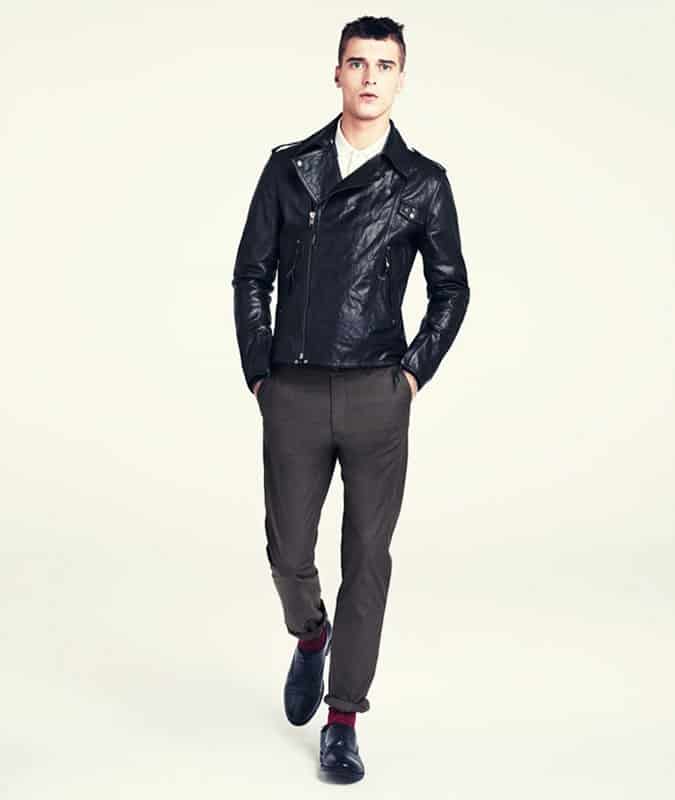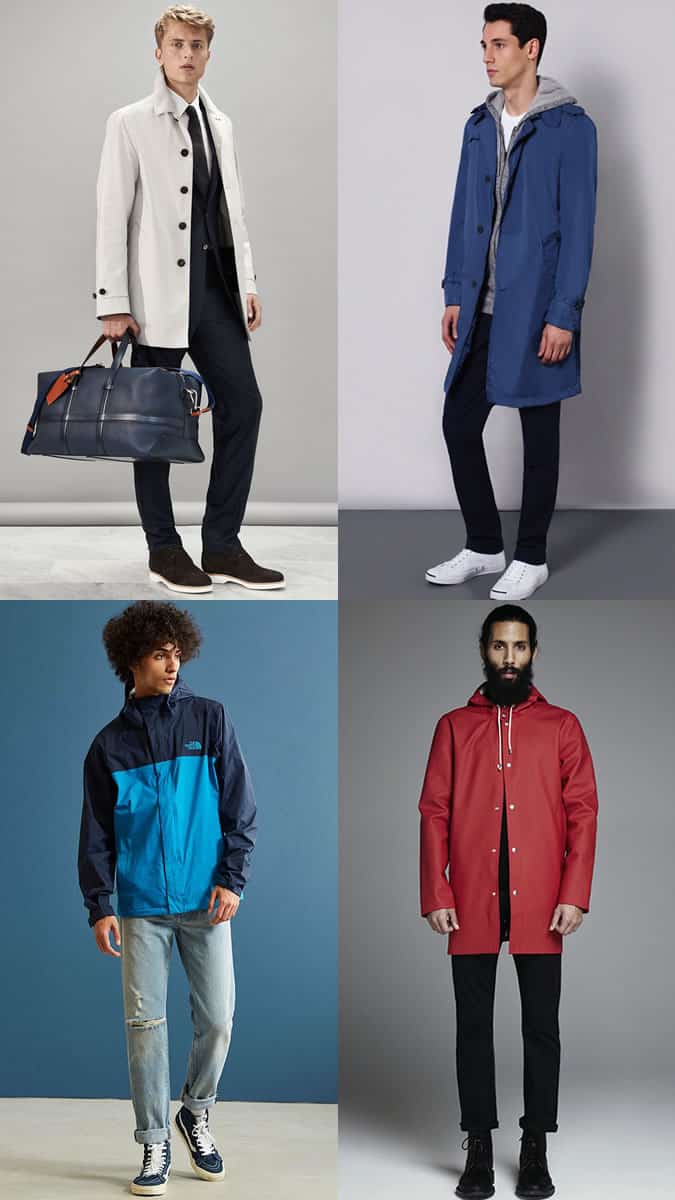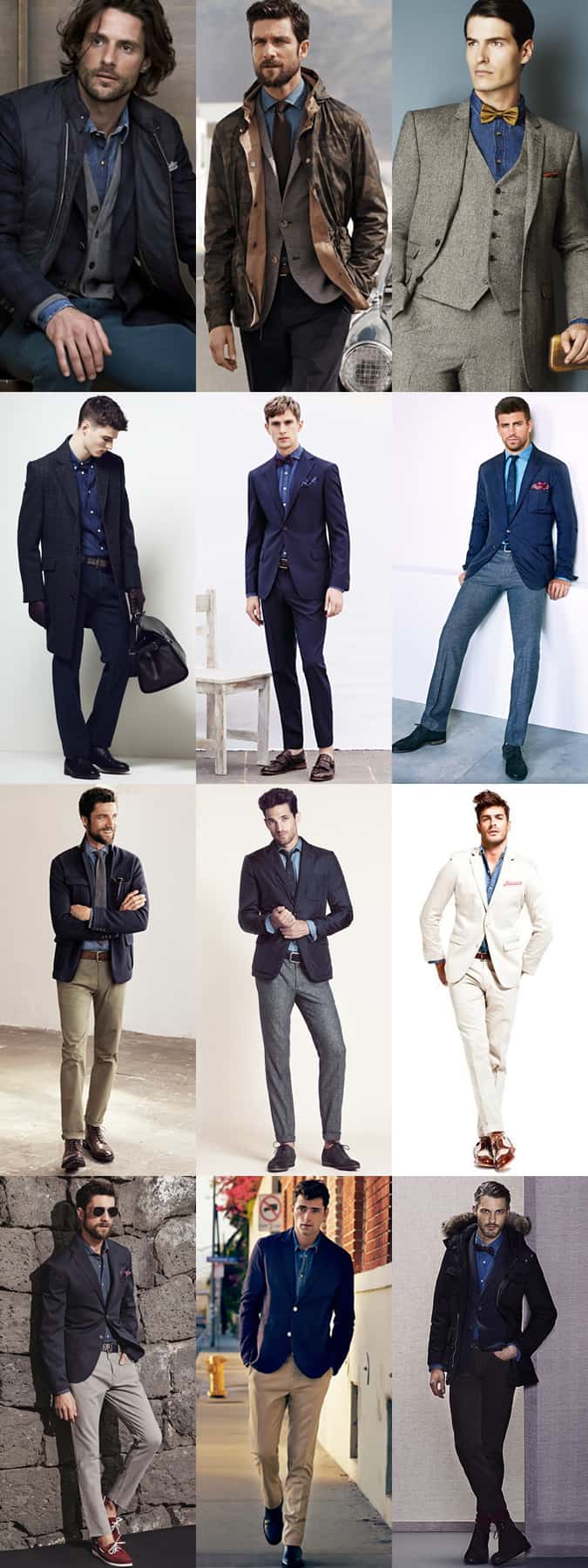How To Wear Neutrals: 6 Easy Ways To Get Dressed In The Dark
Colour has long been a contentious subject in menswear. While some guys pride themselves on broaching the punchier realms of the colour wheel, most are content to keep things low-key.
But while blink-and-miss-’em colours like black, white, grey and beige have always been a mainstay in the minimalist wardrobe, in recent years they’ve been thrust into the limelight.
So what does that mean for your wardrobe? Well, neutrals are no longer the supporting act – they’re taking centre stage. And while you might be accustomed to reaching for a white tee here and a pair of beige chinos there when the weather hots up, throw another neutral hue into the mix and it’s a trickier ball game. Do you pair up the same shade and risk looking like a nineties boyband member? Or do you throw on two different tones and hope for the best?
Helpfully, we’ve done the hard yards for you, decoding the easiest routes to neutral dressing. Because with this trend, there’s no sitting on the fence.
What Are Neutrals?
Don’t be fooled into thinking neutrals are just shades of off-white. “A neutral colour is any ‘non-colour’ i.e. any colour that doesn’t appear on the traditional colour wheel, including black, grey, white and earth tones like beige and khaki,” explains celebrity stylist Sarah Ann Murray, who has dressed the likes of Jonah Hill, Samuel L. Jackson and Charlie Rowe.
In practice, the term ‘neutrals’ also refers to a series of colours that work together, even when thrown together in the dark (a real possibility in the winter months.) For this reason, sticking to these shades makes building a capsule wardrobe a cakewalk, providing the perfect foundation of which to add layers or pops of colour.
“In terms of accessibility, a neutral palette will always offer an appropriate style option for any occasion, any time of year, and there’s always a neutral shade and combination to suit everyone,” adds Murray. “Plus, if you’re shopping on a budget, these hues have an ability to elevate a look, as even on inexpensive materials they generally give off the look of natural fabrics which are usually pricier.”






